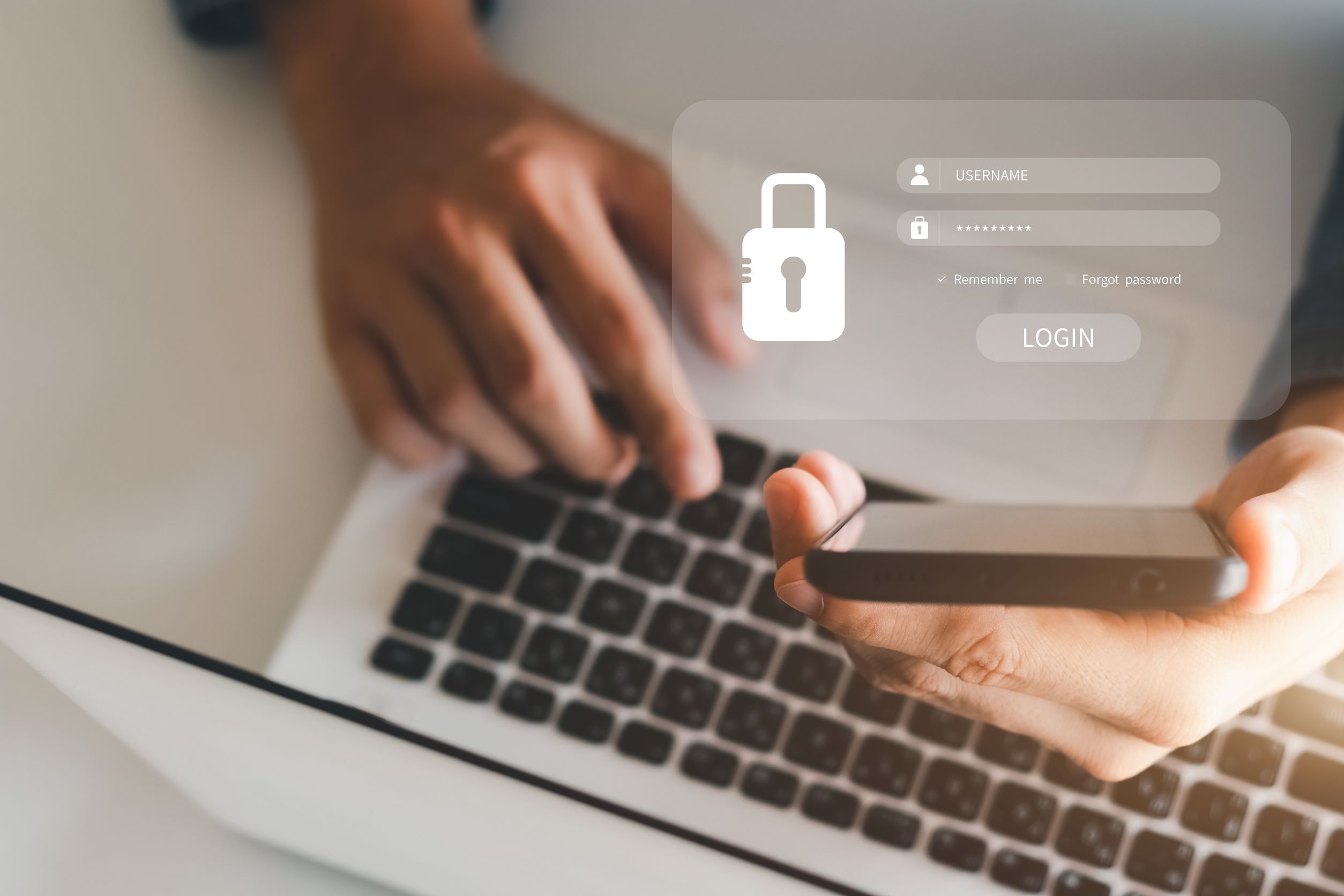
Last week in Part One, common breaches were defined, and remedies explored. After reading Part 2, your objectives will be to comprehend the complexity needed for passwords and to enable two-factor authentication for your OralDNA® Labs account.
Passwords are another significant risk with online accounts. A common practice is that people use the same username/password on multiple websites. The problem with this practice is that when a site gets hacked exposing your username/password, now a hacker can use that hacked account info to log into other accounts (which could be your bank or patient health system accounts). The best practice is to use a different password and two-factor authentication with each site visit to prevent this type of breach exposure.
Two-factor authentication is a key technology that helps to further protect your accounts. In addition to entering a username and password, a website will also require you to enter a code sent to your device. The codes are typically good for 30 minutes. This method of security is described as something you know (ex: your password) and something you have (your phone). The idea is that even if the hacker gets your password, they will not have your phone, so they won’t be able to compromise your account.
One thing you can do to further secure your OralDNA® Labs account is to enable two-factor authentication on your account. Two-factor authentication will enhance the protection of your patient data. After you log into your account, the system will prompt you with a text or email each time you log into your OralDNA® Labs account from a new device.
- Go to Settings from your home page.

- Select Login & Security.

- Enter your mobile phone and/or email and click Save. Then, select Edit under Two-factor authentication.

- Enable Two-factor authentication.
a. First select “Yes”
b. Choose a two-factor method, phone or email, then press “Send Access Code for Verification.”
c. Wait a few seconds for the access code to come through to your device.
d. Enter the access code you received and press “Save.” Now, two factor authentication is enabled!

- The next time you log into our system from a new computer you will receive a code via email or text message. After entering the code and before selecting Continue, you can select “Trust this device and skip this step in the future.” Selecting this box will allow you to skip this process in the future.

Computer security is a wide-ranging area, and this two-part series has covered just a small fraction of this topic. Hopefully, this article has given you a few simple tips to better secure your online presence. Remember to secure your device, be careful of suspicious emails, and secure your accounts with two-factor authentication when possible. And, as always, be careful out there!
- Computer Security and You: Part 2 - July 29, 2022
- Computer Security and You: Part 1 - July 22, 2022

